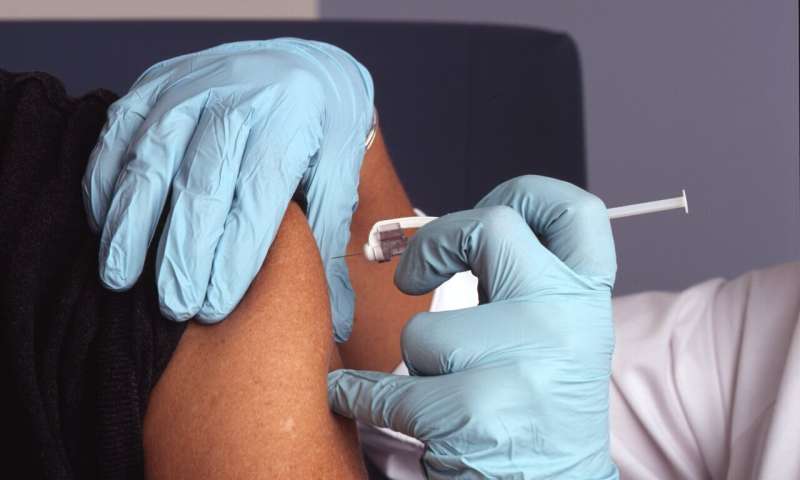The Impact of Skin-to-Skin Contact on Brain Development in Preterm Infants

Skin-to-skin contact, or kangaroo care, is linked to improved brain development in preterm infants, supporting emotional and cognitive growth during early hospitalization.
Recent research emphasizes the significant role of skin-to-skin contact, also known as kangaroo care, in supporting brain development among preterm infants. A study published in the journal Neurology investigated how this caregiving practice influences neural growth, especially in regions associated with emotion regulation and stress response. The study involved 88 preterm babies with an average gestational age of 29 weeks, each weighing approximately 2.65 pounds, and hospitalized for around two months. Researchers meticulously documented each infant’s skin-to-skin sessions, which averaged 24 minutes daily, primarily provided by mothers during hospital stays.
Prior to discharge, each infant underwent brain scans to assess water movement within brain tissues, particularly in white matter pathways crucial for neural communication. Results revealed that longer skin-to-skin sessions correlated with increased water diffusivity in areas like the cingulum and anterior thalamic radiations, regions integral to attention, emotion processing, and memory. Such findings suggest that skin-to-skin contact may foster the development of brain structures essential for emotional regulation and cognitive functions.
Commenting on the findings, Dr. Katherine E. Travis from Burke Neurological Institute highlighted the multiple benefits of skin contact, including improved sleep, heart and lung function, bonding, and reduced pain and stress. The study suggests that early caregiving experiences may influence not only immediate health outcomes but also long-term brain development and behavioral outcomes. While the study's limitations include its single-site design and retrospective review of medical records, its implications underline the importance of skin-to-skin care in neonatal protocols.
Overall, this research adds to the growing recognition that such close physical contact supports the neural architecture of preterm infants, potentially improving their overall brain health and future developmental trajectories.
Source: https://medicalxpress.com/news/2025-09-power-skin-contact-linked-preemie.html
Stay Updated with Mia's Feed
Get the latest health & wellness insights delivered straight to your inbox.
Related Articles
Immune Cell Signatures Drive Organ Damage in Systemic Sclerosis
Scientists from Osaka have identified immune cell signatures that are associated with severe organ damage in systemic sclerosis, paving the way for targeted therapies and early diagnosis.
Declining Vaccination Rates and Their Role in Accelerating Antibiotic Resistance
Lower vaccination rates are fueling the rise of antibiotic resistance by increasing preventable infections and antibiotic use. Boosting vaccination coverage is key to curbing this global health threat.
Advanced Computational Method Prioritizes Compounds to Boost Cancer Immunotherapy Outcomes
Researchers have developed a novel computational framework to identify compounds that enhance the effectiveness of cancer immunotherapy, potentially overcoming resistance and improving patient outcomes.



